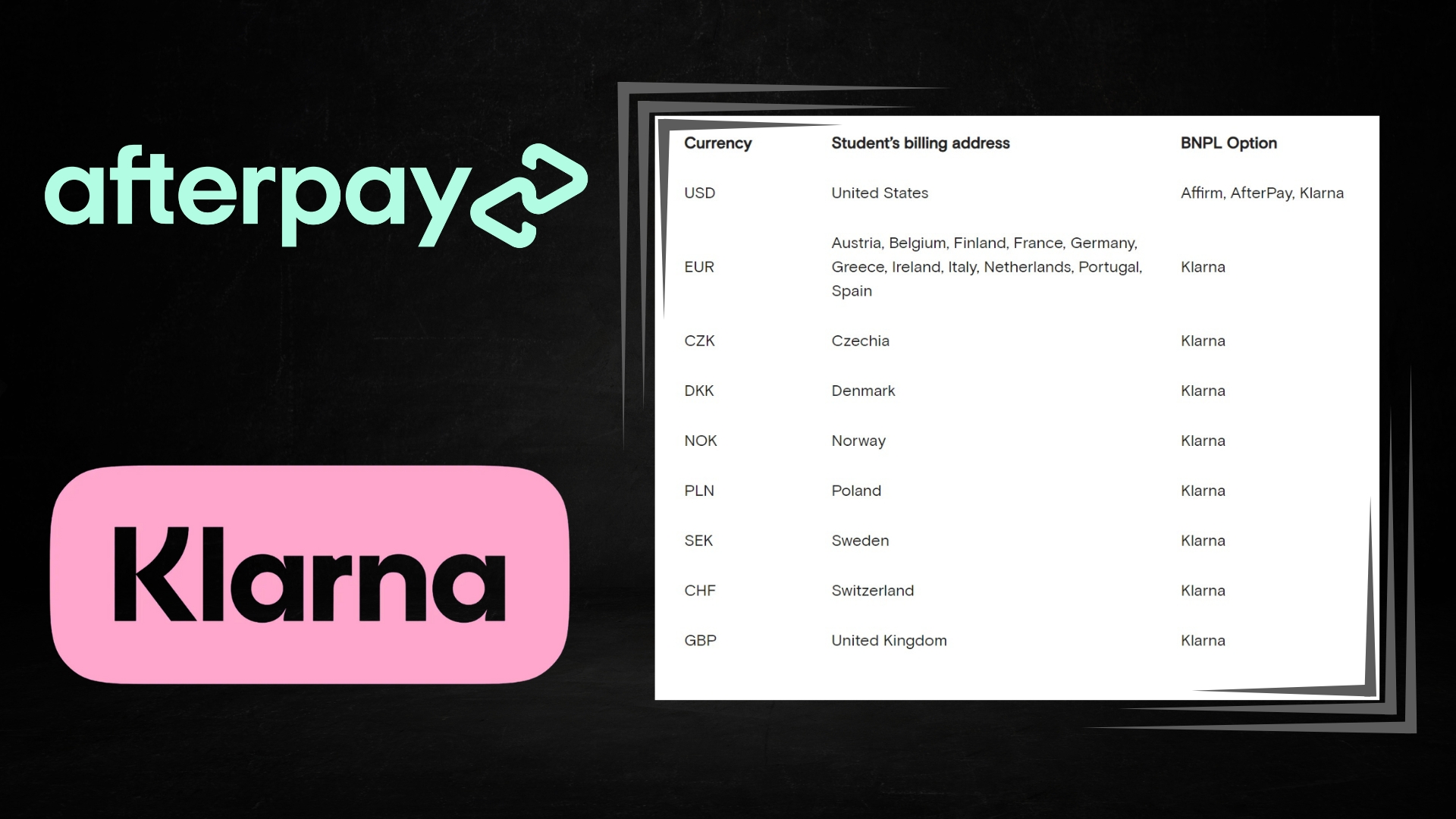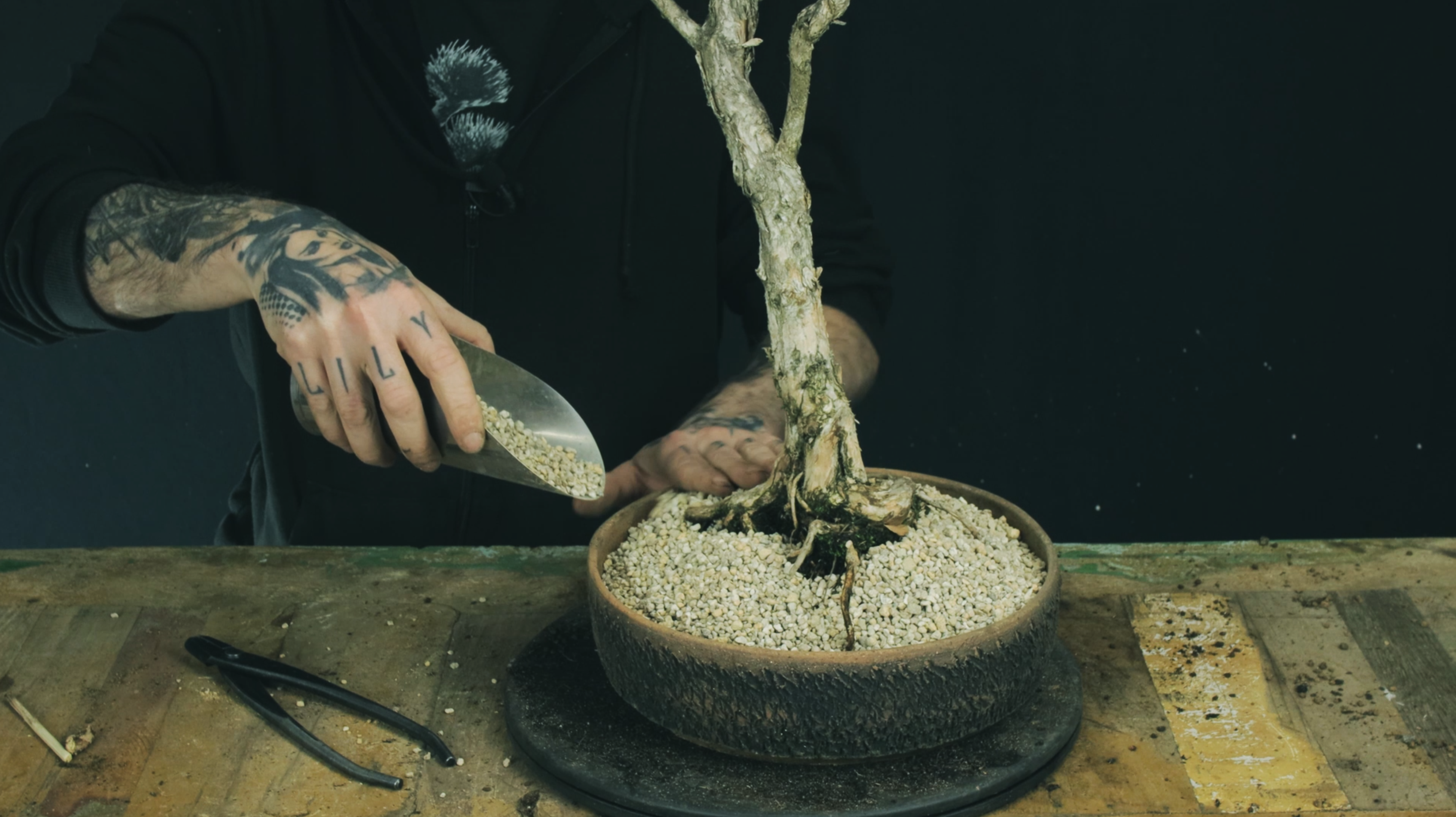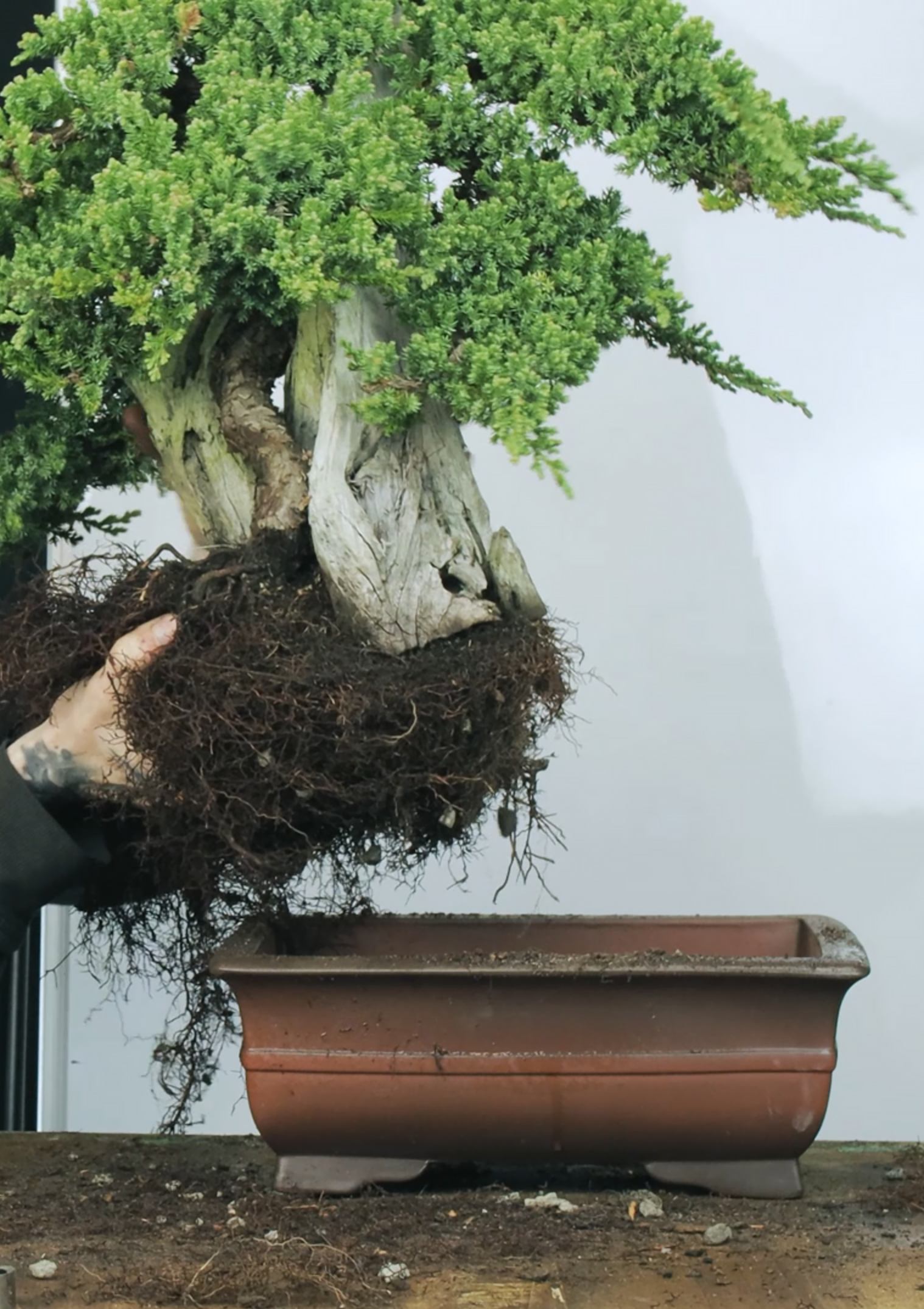
Repotting Made Easy!
Any type of root work on a Bonsai can be scary if you aren't completely sure about what the correct techniques are. In this course we aim to take you over 3 different types of potting that you will practise as a Bonsai Artist with both theory lessons and demonstrations to see the theory in practise.
- Get Confidence In Potting Techniques
- Learn About Different Pot Types
- Learn About The Different Types Of Bonsai Potting
- Learn Theory & See Demonstrations
- Learn From The Comfort Of your Home
- Affordable for Everyone
- Beginner Friendly
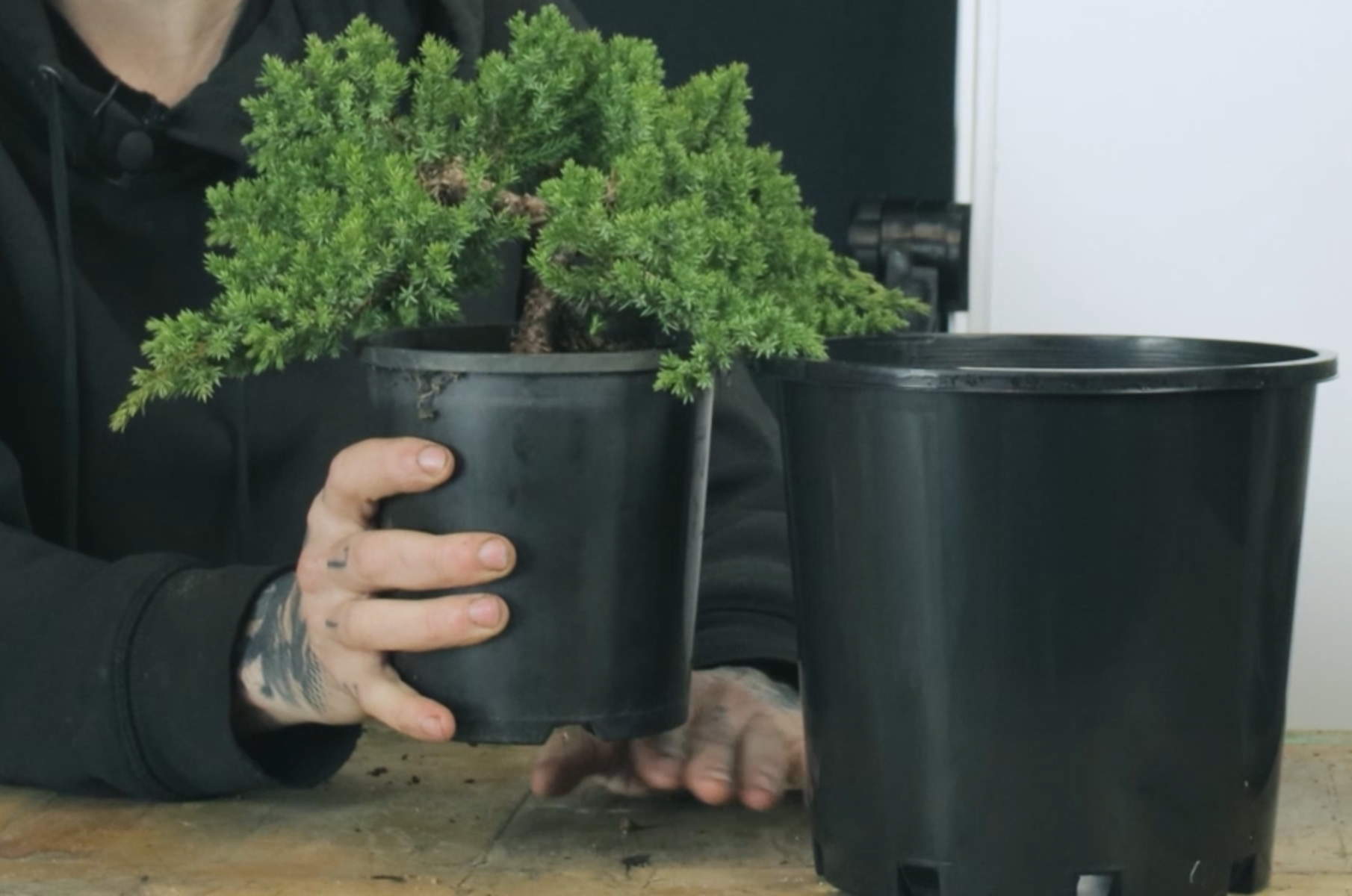
Slip Potting
Slip Potting is a development technique used to grow nursery stock at a faster rate while concentrating on building the structure and Nebari on your Bonsai. Learn the theory behind slip potting as well as the techniques applied. You will also see 2 Demonstrations of this work.
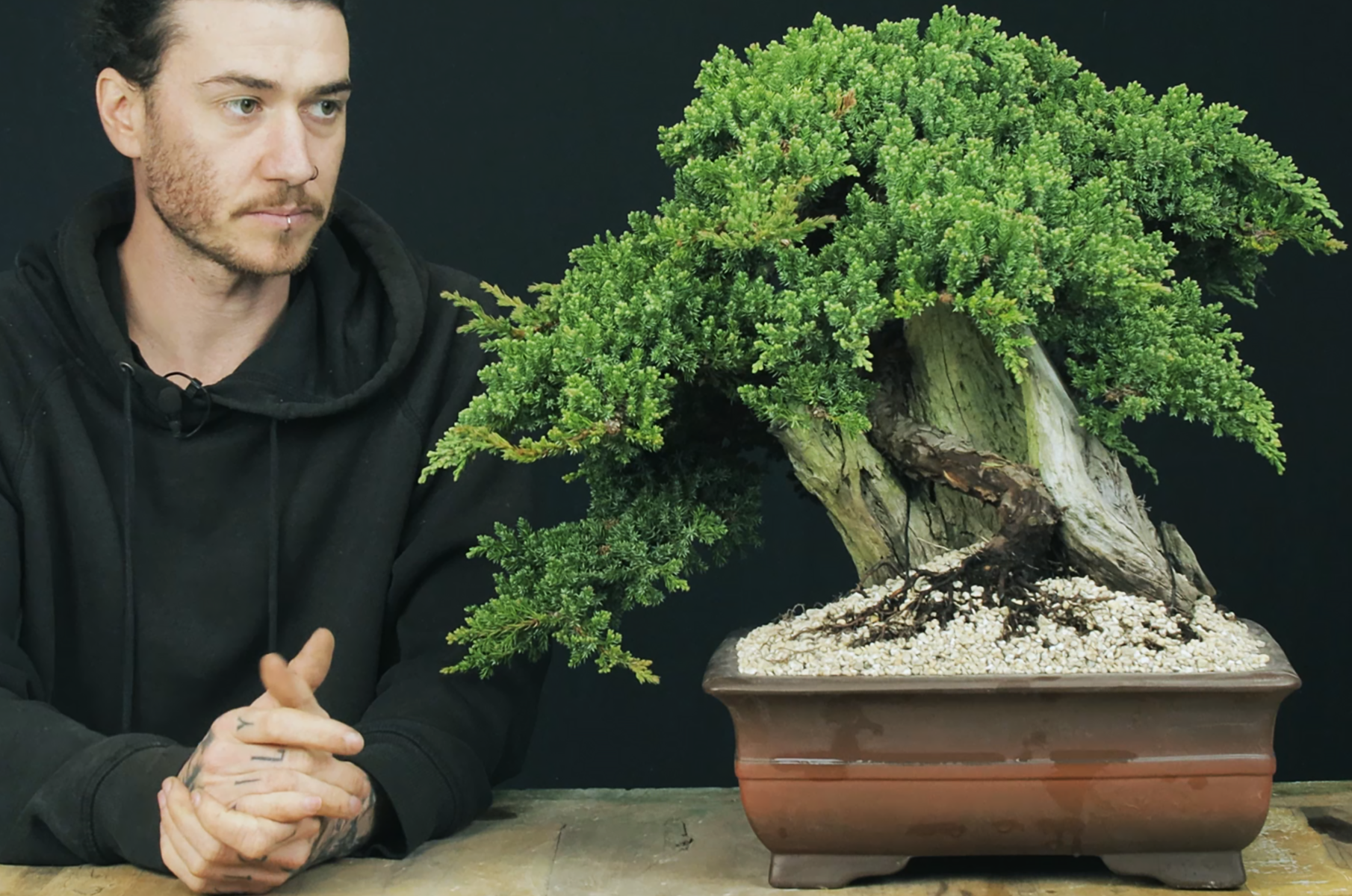
Potting Up To Refinement
Potting a tree up to refinement can both be an exciting time and also a scary time, This is the time to move the tree you have worked so hard to build into the Bonsai Pot for the first time! Learn the theory behind potting up to refinement as well as watching a demonstration of the techniques Involved.
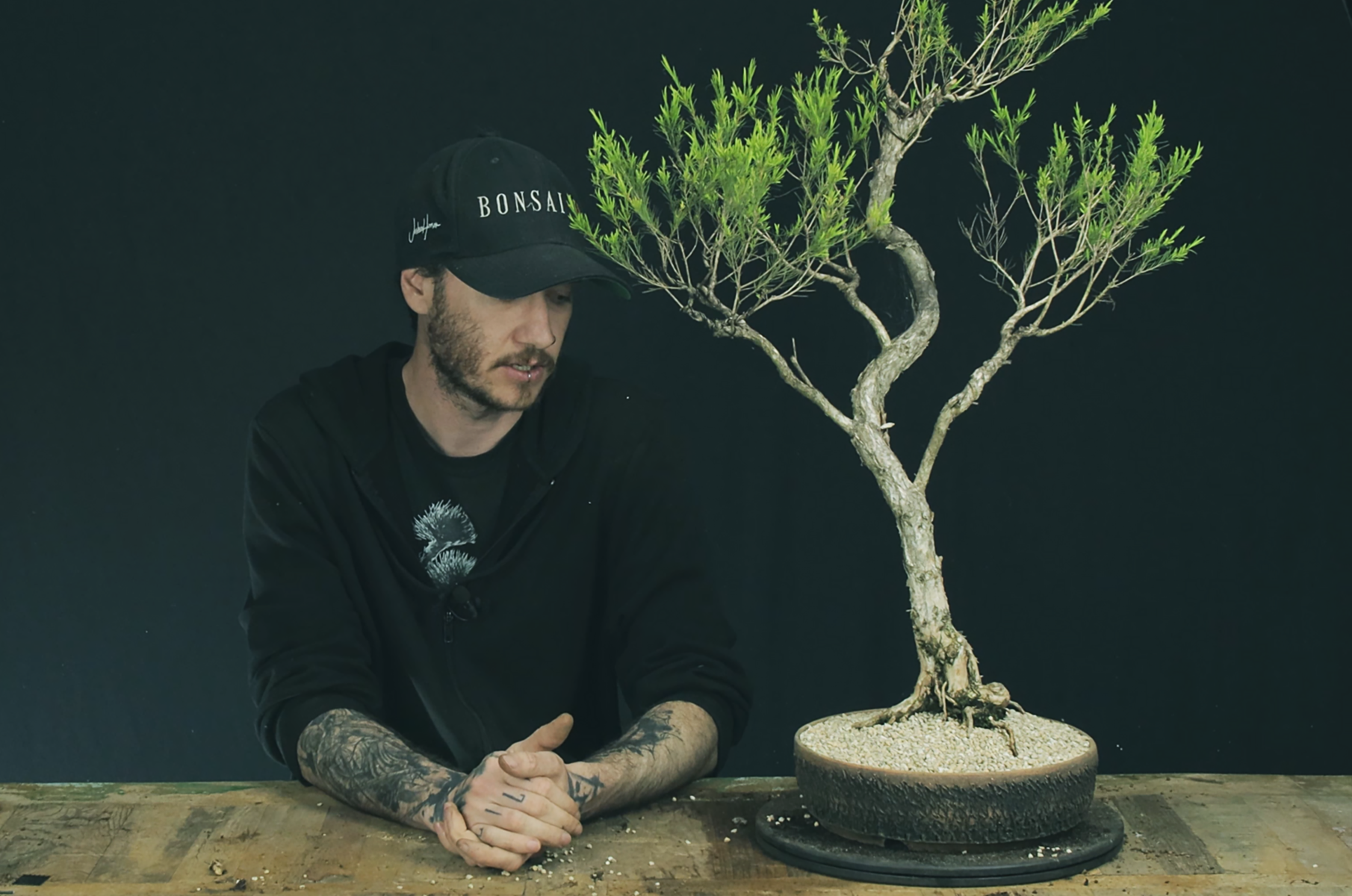
Repotting Bonsai
Trees in refinement require repotting to be carried out once the tree becomes root bound or is suffering ill health. Learn the theory of why and how we repot bonsai as well as watching a demonstration of the techniques invloved.
Private Community Group
As a student of the bonsai dojo you will gain access to our private Facebook group which will allow you to ask further questions, share progress photos, and interreact with the other students to share knowledge and ideas. This is a valuable asset as this group will be full of like minded people who are all on the same journey unlike public Facebook bonsai groups which can be toxic and discouraging.
Learn Now, Pay Later
You can now use Buy Now, Pay Later options to purchase your course so you can pay the cost of the course off over separate payments. Start learning bonsai today without the full up front cost.
